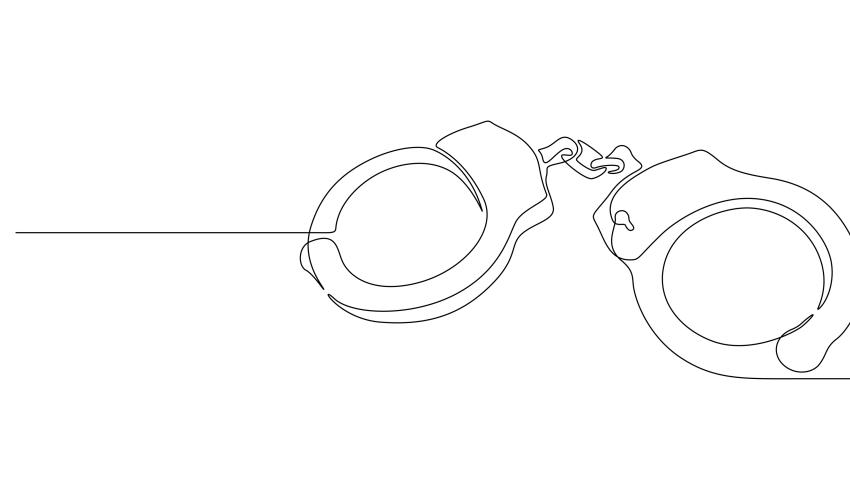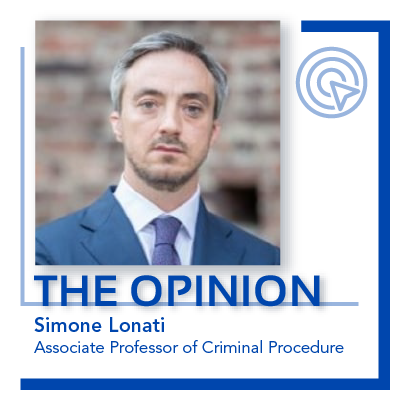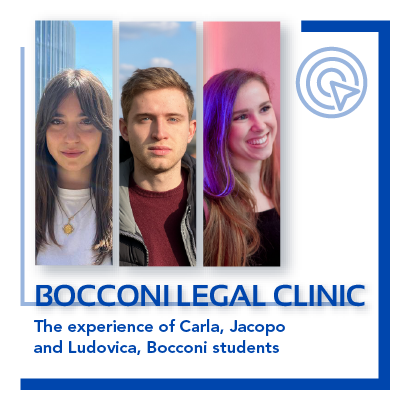
The State of Our Prisons
ITALIAN PRISONS ARE OVERCROWDED AND MIGRANTS REPRESENT 31% OF INMATES (AS OPPOSED TO 10% OF THE ITALIAN GENERAL POPULATION), WHILE GOVERNMENT POLICY IS HINDERING REEDUCATION PROJECTS INSIDE AND OUTSIDE JAIL. LOOKING AT ITALIAN PENAL INSTITUTIONS IT IS INCREASINGLY DIFFICULT TO ANSWER THE QUESTION: ARE THEY ACTUALLY PREVENTING CRIME?Overcrowding in Italian penitentiary institutions is now alarming: as of 31 October 2023, 59,715 people were detained compared to a capacity of 51,275 places (Ministry of Justice data). The same data highlights that migrants are more often recipients of jail sentences and imprisonment while awaiting trial with respect to Italian citizens. Legal and illegal immigrants are currently estimated to constitute around 10% of the Italian population: in jail, this proportion climbs to 31%.
The greater incidence of migrant people inside prisons is attributable to the lack of legal support and social assistance outside prison and the condition of extreme marginalization these people are forced to live in. A first element that all foreign immigrants (at liberty or in prison) have in common is how they are affected by the crisis of the welfare system. Resources are scarce (for public housing, social services, health care, etc.) and this has disproportionate repercussions on migrants, given that they often do not have a family structure or other resources to escape the profound hardship in which they find themselves.
For detained foreigners, the situation is even more dramatic. The absence of documents or the expiration of the residence permit during the sentence are veritable disasters that affect the convicted person and are really difficult to pay remedy to. Those without papers will not be able to have them issued unless they personally go to their own Consulate, something that those who are in jail cannot do. Without a valid document (passport or ID card) the person will hardly obtain their tax code and, therefore, have access to prison benefits. In this way, however, we are giving up on the rehabilitation purpose of prison sentences.
If the residence permit expires while you are in prison, the ways to renew it are closed or very complex, also due to bureaucratic procedures that are difficult to reconcile with the state of imprisonment (inability of Police Headquarters to go to prison and absence of agreements with the postal service), while the prison system is struggling due to limited resources. The presence of cultural mediators is also insufficient to cover the needs of detained people who sometimes do not speak a word of Italian and are from having a minimal competence in matters of criminal responsibility and criminal procedure. Furthermore, it is difficult for foreign people to work outside prison during the day, given the absence of suitable domicile and local employment (sometimes aggravated by the absence of regularization), thus hindering re-education programs outside prison even for those who have committed crimes of lesser gravity.
And outside penitentiary institutions the situation is even worse. Migrants suffer from an extreme vulnerability that Italy is unable to cope with: progressive cuts in welfare provisions, long regularization times (the 2020 immigration amnesty is not yet complete, and many of the procedures are inaccessible to migrants due to the IT methods envisaged and the absence of mediators and interpreters in government offices), so that this lack of essential services produces years of precarity and worry for countless family households.
All this produces segregation and exclusion, ghettoization and impoverishment, and adds fragility to fragility, by preventing access to welfare support for poverty and vulnerability.
As we know well, all this inexorably leads to feelings of anger and despair, and sometimes in the perpetration of crimes against property and people. We should therefore not be surprised to find these vulnerabilities filling prisons, if we consider that penal law interventions often target disadvantaged classes and vulnerable subjects, thinking of solving something with the introduction of new crimes or by tightening criminal sanctions.
There is a lot of talk about bringing security but too little is done to support mediation and re-education paths that could serve this purpose. Above all, data on recidivism tell us that this prison system is not doing anything to reduce it. And prison data are scant and this should be denounced, because it is an indication of a lack of will to make careful and in-depth assessments, but the few data we have speak of criminal recurrence for around 60% of prison convicts. This percentage drops dramatically for those serving their sentences outside prison with suitable control, support and assistance tools, and also in 'model' prisons where the attention is focused on serious resocialization projects.
But so the all-things-penal policies of recent years that are producing a surge of inmates in (increasingly inhumane) carceral institutions and reducing the opportunities for rehabilitation projects, what crimes are they actually trying to prevent, what victims to protect?




by Melissa Miedico, Associate Professor of Criminal Law
Translated by Alex Foti
